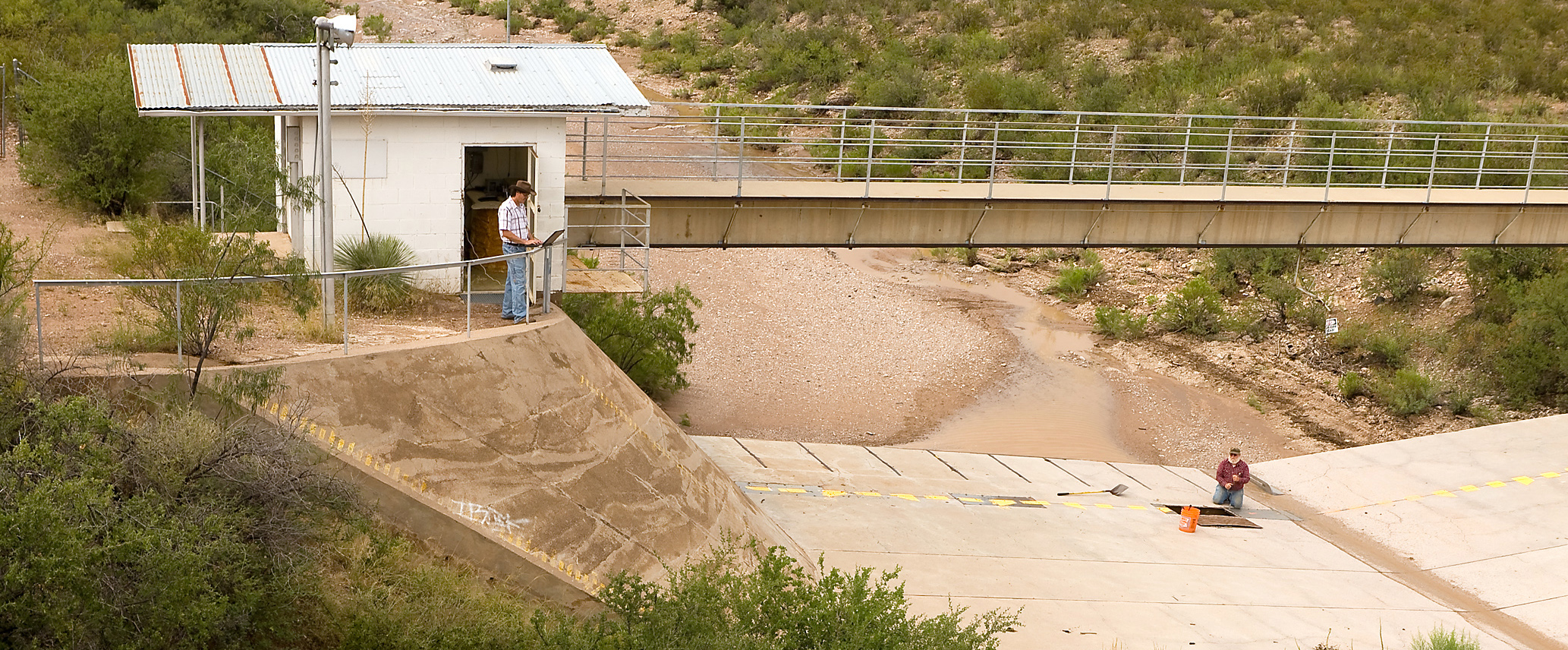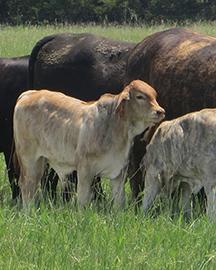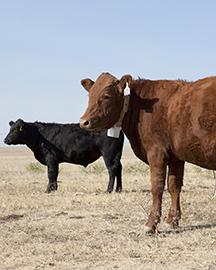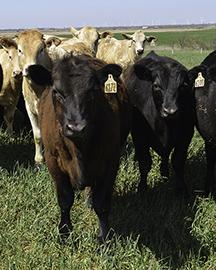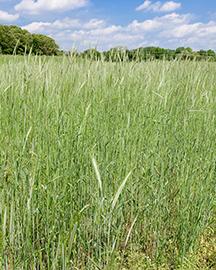Better Weather Forecasting To Help Agriculture
Weather prediction and modeling are fundamental to helping agriculture maintain its productivity under a changing climate. To this end, ARS researchers in Tucson, AZ, helped the United Kingdom improve the accuracy of its widely used weather-forecasting models. The United Kingdom’s Meteorological (Met) Office makes routine regional and global weather forecasts that are often used by the United States and many other countries. But the computer models had substantial errors in surface temperature, particularly over arid regions, which caused errors in the Met’s weather forecasts. To investigate why these errors occurred, ARS and the Met Office conducted a study at the ARS Walnut Gulch Experimental Watershed, a 58-square-mile long-term research watershed in semi-arid southeastern Arizona.
The team made additional ground, airborne, and satellite measurements to complement ongoing measurements across the watershed during May—a time when temperatures are high and model errors are most substantial. They confirmed that the model temperatures were too cold in comparison with actual ground- based temperatures. This bias was related to the model’s underestimation of the amount of bare soil, because patchy, shrub-covered lands in Arizona and many other arid regions are poorly represented in the model. Improving the model’s representation of vegetation and soil demonstrated better simulation of the surface temperatures and moistures, which will improve weather forecasts.


